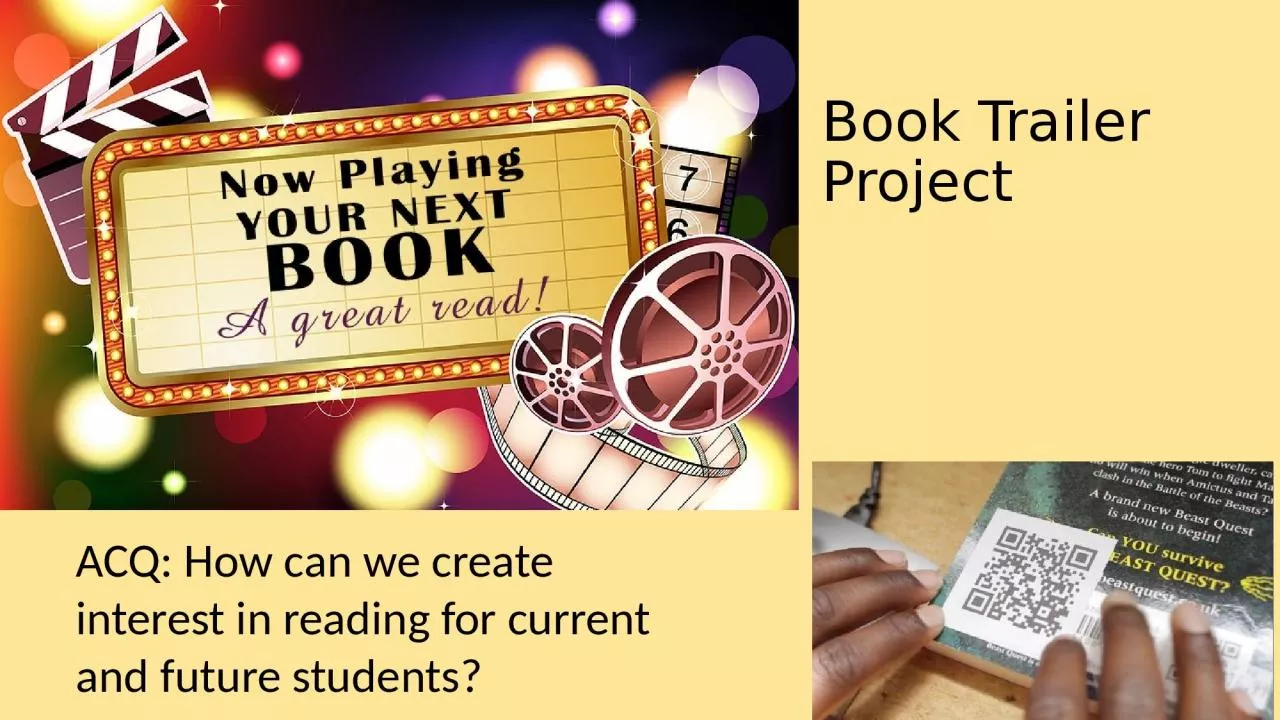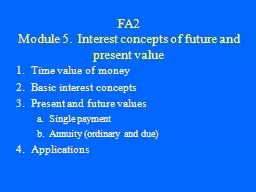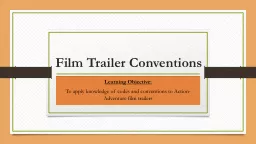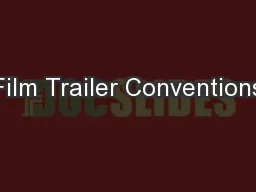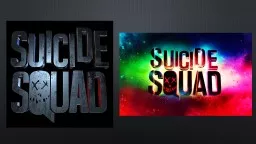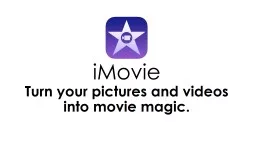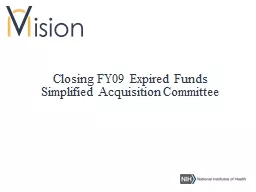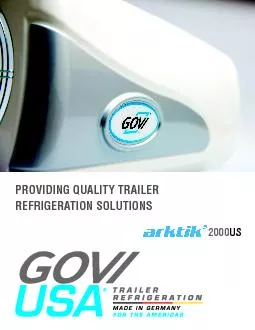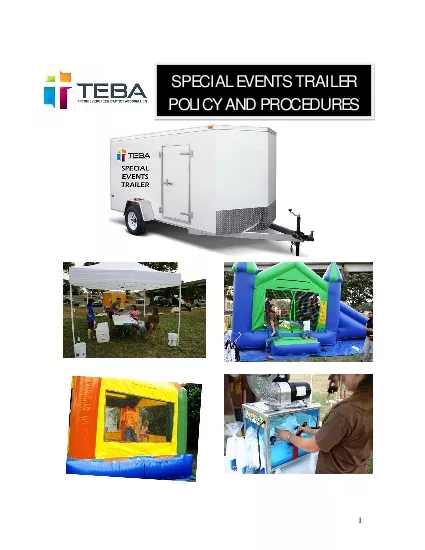PPT-Book Trailer Project ACQ: How can we create interest in reading for current and future
Author : fanny | Published Date : 2023-06-24
Our goal is to have everyone say How to a Book Trailer with IMovie How to add pictures to your iPad Go to safari It will take you to Google Type in what you want
Presentation Embed Code
Download Presentation
Download Presentation The PPT/PDF document "Book Trailer Project ACQ: How can we c..." is the property of its rightful owner. Permission is granted to download and print the materials on this website for personal, non-commercial use only, and to display it on your personal computer provided you do not modify the materials and that you retain all copyright notices contained in the materials. By downloading content from our website, you accept the terms of this agreement.
Book Trailer Project ACQ: How can we create interest in reading for current and future: Transcript
Download Rules Of Document
"Book Trailer Project ACQ: How can we create interest in reading for current and future"The content belongs to its owner. You may download and print it for personal use, without modification, and keep all copyright notices. By downloading, you agree to these terms.
Related Documents

